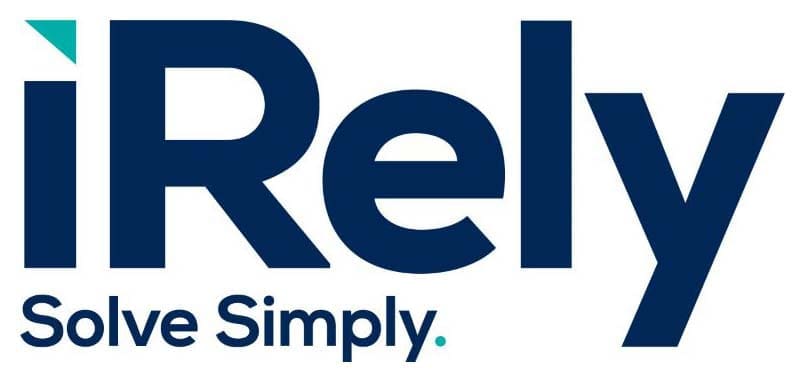As explored in our recent blog, How to Improve Petro Operations with Paperless Billing, adopting paperless practices provides many benefits. These benefits include unlocking operational efficiencies, increasing cash flow through e-invoices and online payment options, enhancing security, and meeting petroleum industry-specific regulatory compliance.
In the petroleum distribution industry, paperless-related functionality can streamline various processes in the distribution chain. These processes include supplier invoice ingestion, delivery ticket creation, payment processing, Bill of Lading capture and import, attachment storage, and signature capture.
Because there is only a small amount of information changing from one document to the next, supplier invoice ingestion is one of the business processes that can be reliably streamlined by paperless technology. One such technology, Intelligent Document Processing (IDP), can be used to automatically scan printed documents and transform both printed and electronic documents into digital transactions. Accuracy is not compromised while using IDP – in fact, data accuracy through IDP can exceed that of manual data entry.
IDP can fully digitize your document management processes by automatically ingesting documents (e.g. invoices, Bills of Ladings, checks), and creating transaction documents (e.g. purchase orders, sales orders, and contracts) using a combination of Optical Character Recognition, Artificial Intelligence, Machine Learning, and Natural Language Processing. While a large amount of your business’ data and documentation may be unstructured, IDP is highly flexible and can be trained to extract the valuable data from a variety of document structures.
As you can see, IDP provides an enormous benefit to your business. Employee workloads are reduced and costly errors from manual data entry are eliminated. But how does it work? IDP can be conceptualized as a 3-step process. To understand each of these steps, consider the lifecycle of a paper invoice going through IDP, and becoming a digital document
- Pre-Processing – Invoices first enter the pre-processing phase undergoing noise reduction, de-skewing, and binarization. Within this phase, Optical Character Recognition (OCR) is used to extract text from the invoice.
- Data Classification and Extraction – In this phase, the document’s text is identified, categorized, and extracted for further processing and analysis
- Data Validation – During this last phase, the document’s data is validated for accuracy and integrity using external databases and machine learning, which gets “smarter” over time by keeping records on contextual decisions.
While the above process details a paper invoice becoming a digital invoice, IDP also has the ability to create transaction documents out of these digitized documents, depending on the software system used. To unlock the time savings associated with IDP, check if your back-office software uses IDP, to both digitize and create transaction documents.
As many in the petroleum distribution industry have experienced, manual document management increases labor costs, introduces data inaccuracies, and creates mountains of paper files. By implementing paperless technologies like IDP, your business can realize major operational benefits, improve productivity, reduce costs, and improve sustainability metrics. Read our IDP brochure and contact us for more information on harnessing the power of paperless technology for your petroleum distribution business.
Sources & additional reading about the steps and benefits of IDP:
